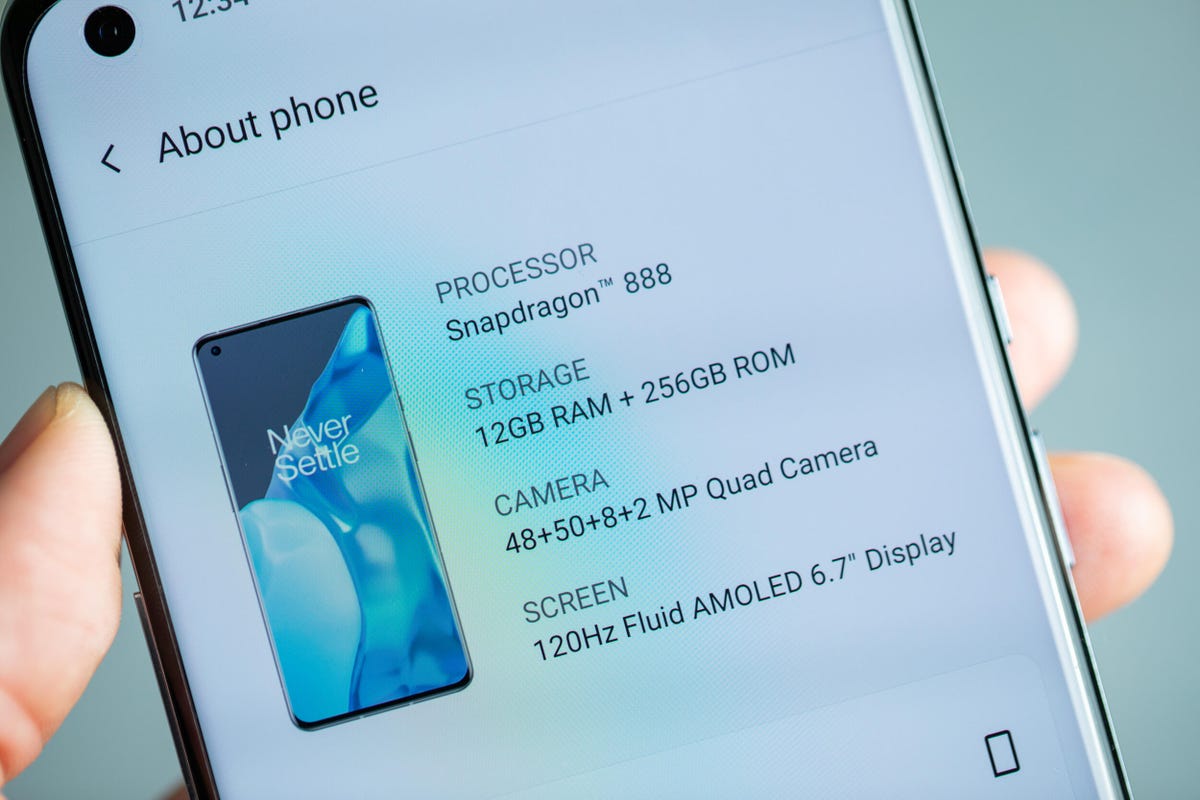Need a New iPhone or Android Phone? Consider These Things Before You Buy
2025-06-04
Whether you want Apple's best phone or the cheapest Samsung Galaxy, these shopping tips will help you make the most of your money.

The best phones you can buy in 2025, including the iPhone 16 Pro, Google Pixel 9 Pro and Samsung's Galaxy S25 Ultra, have a lot in common, from their high-performing processor and cameras to their big, vibrant displays. These elite handsets are the pinnacle of today's mobile technology, so it's no surprise that these fan-favorite phones have something else in common too: Steep prices.
Priced at $1,000 and up, these devices are out of reach for many of us -- or simply unnecessary for those who just want an all-around device for everyday use. Thankfully, there's a huge array of options out there catering to all needs and budgets, whether you're looking for top-end model or a more affordable option, like the Google Pixel 9A.
In this article
You'd think the vast number of choices would make shopping simple. But the reality is that sometimes all the options make it more confusing. To help you cut through some of the jargon and spend your money sensibly, I've put together tips for buying a phone.
How to buy a new phone: Top phone-buying tips
- Know what you care about most: Is it screen size? Camera quality? Battery life? This will help narrow down your choices. Phones like the iPhone 16 Pro, Galaxy S25 Ultra or Xiaomi 15 Ultra, for example, pack incredible cameras that almost rival the quality you'd get from a mirrorless camera. If you're keen on photography and always want to carry a superb camera for when inspiration strikes, then spending money here is a good idea. If not, you can likely save yourself a bundle.
- Don't discount the midrange: Features of last year's flagships always trickle down to this year's midrange handsets.You can get a great phone that does almost everything that a premium phone can do for a fraction of the price. Google's Pixel 9 Pro packs a great zoom camera, but the base Pixel 9 has most of the same key specs and comes at a more reasonable price.
- Shop the sales: Look for deep discounts and promo deals around major holidays, especially Amazon's Prime Day and Black Friday. And find out what your grace period is in case you need a quick return or exchange.
- Last year's phones: They can often be a great deal, too. Wait for this year's launch to get last year's phone for less, when stores and carriers may be trying to offload their existing stock.
- Hold the phone at a store first: You may love or hate the way it looks and feels in person.
- Check if you're already invested: Have you already bought a lot of iPhone apps and iTunes movies? Stick with an iPhone if you still want access to them. Likewise, if you've invested in loads of Android apps, you'll want to stay on that side of the fence. Otherwise, it's simple enough to switch platforms.
- Buy a case and screen protector: You'll protect your phone from costly damage and will increase the phone's resale or trade-in value for when you're ready to move on. If you're careful with how you use your phone, it should last for years.
How much phone storage do you need?
Most phones, even the budget ones, come with at least 64GB of storage, of which 10 may be taken up by preinstalled apps and the phone's operating system. If you don't plan on recording video, and gaming isn't your thing, 64GB might be enough, but otherwise you should consider 128GB to be a safer minimum.

Higher-end phones -- particularly those that can record high quality 4K video -- offer capacities of 256GB or more. With that much space, you'll barely need to think twice about having to clear out old files.
If the phone supports microSD cards then it's a different matter, as you can pick up 32GB microSD cards (or bigger) for very little money these days and popping one into your phone will dramatically increase the amount of storage you'll have access to. Unfortunately, expandable storage is a very rare feature on phones these days. However, most phones will support external storage over USB-C, so if you're going on holiday and want to shoot a lot of high-resolution video, taking a small SSD drive to offload your footage to might be a good idea.
Bonus features
Many of these features are now common on phones at various price points and are worth keeping in mind when you're shopping.
- Fingerprint scanner or face unlock: A scanner may be on the back or even invisibly built into the display. Biometric security, as it's called, is more secure than having to remember a PIN.
- Water-resistant: Do you often take calls in the rain? Look for a phone with at least an IP67 rating to keep it safe from water and spilled drinks.
- Wireless charging: This is available on many phones, with some now offering faster wireless charging speeds, as long as you use a compatible charging pad.
Latest News






